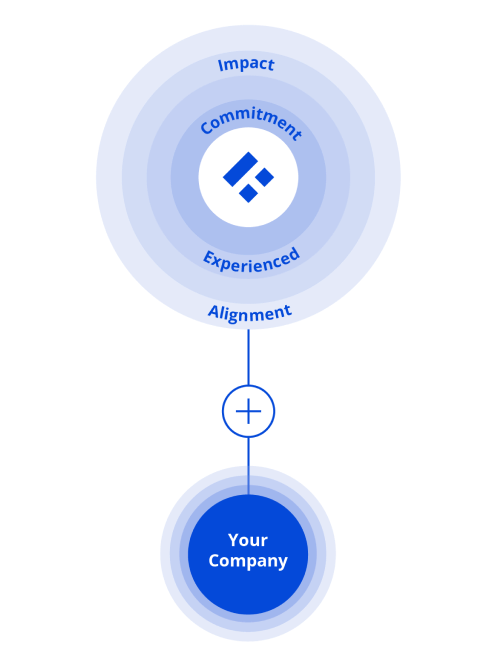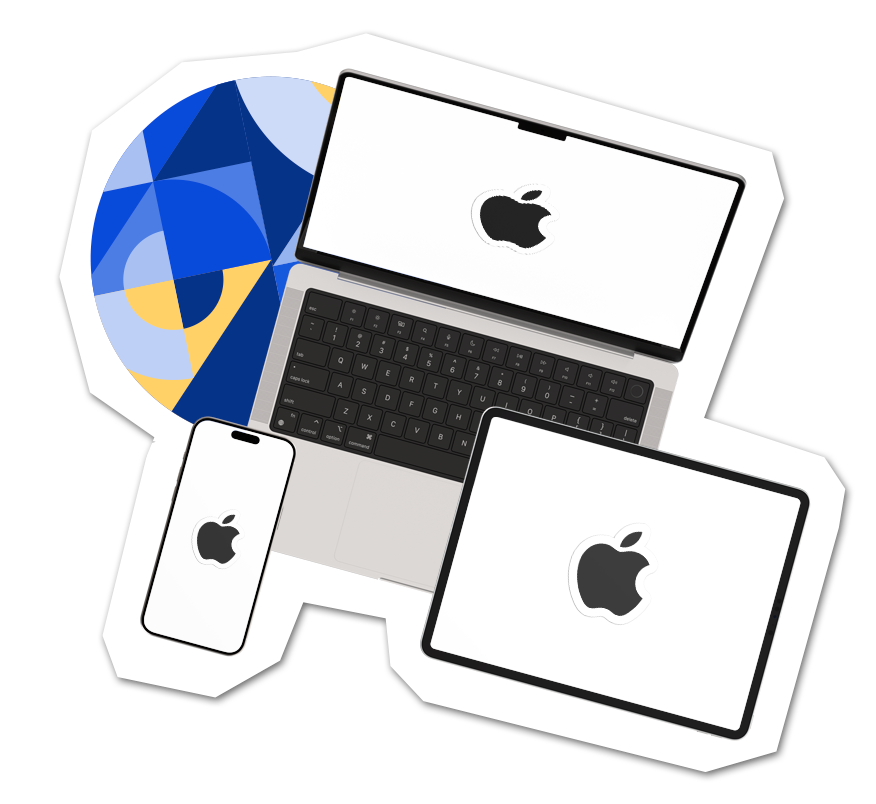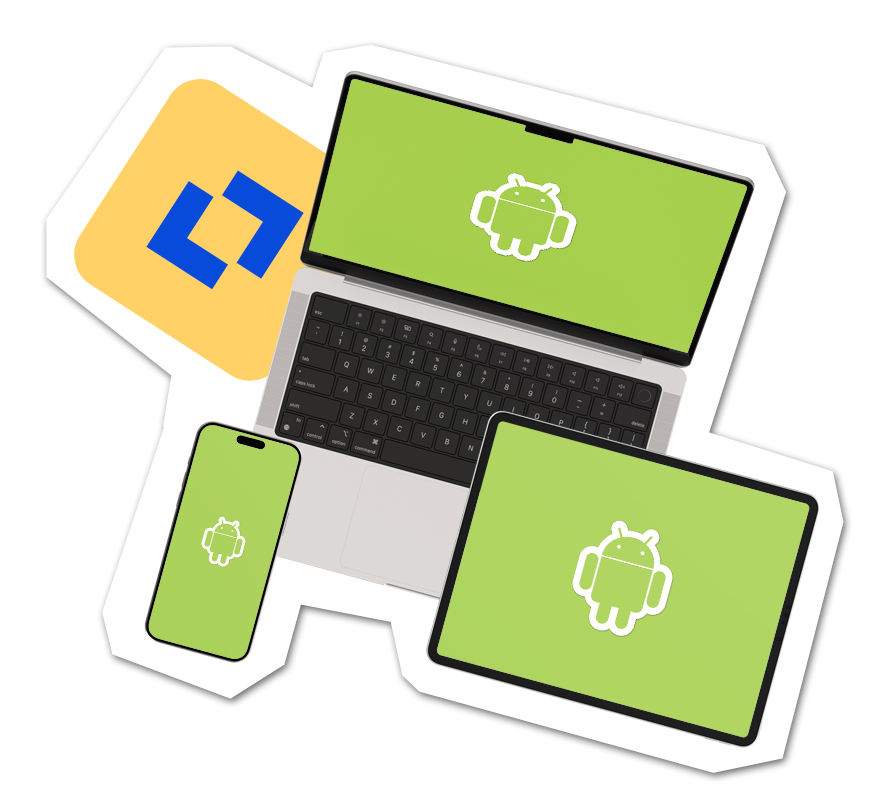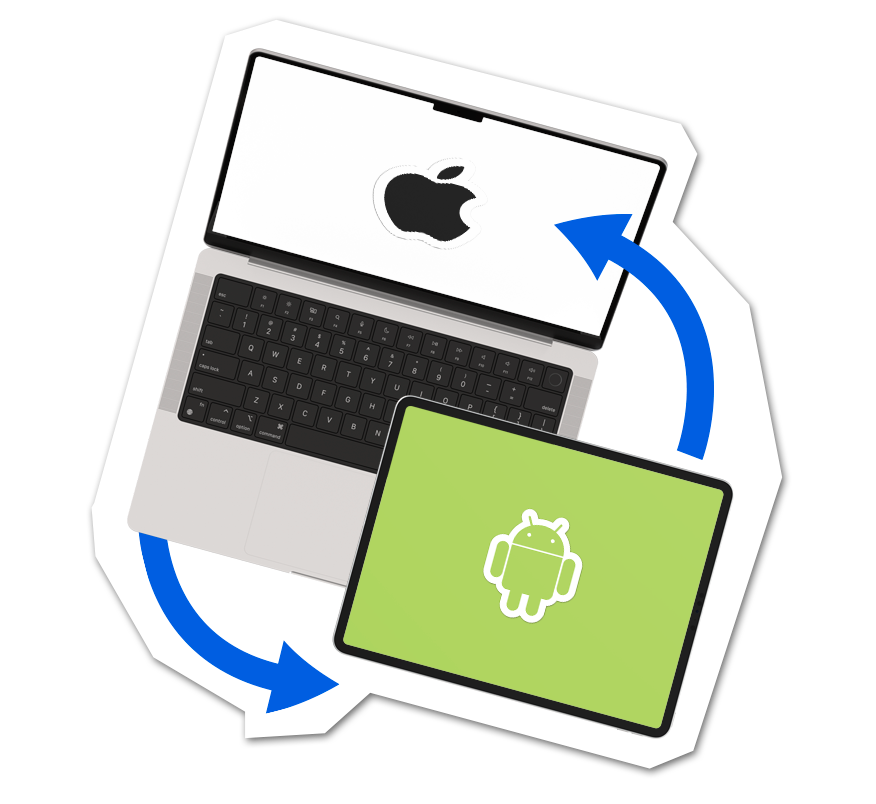How Long Does the Mobile Application Development Process Take?
The timeline for developing a mobile application depends on various factors, just like the cost.
The general complexity, the features you need, and additional requirements like the platforms and framework you need will all affect the total time.
Simple apps with basic functionalities can take anywhere from three to six months to develop, while more complex applications requiring advanced integrations, custom designs, or new and innovative features may take a year or longer.
We always recommend agile methodologies, and we’ve found that they can help streamline the process. They allow for iterative improvements and faster development cycles.
Additionally, having a well-defined project scope and clear communication between stakeholders can significantly impact delivery timelines by preventing you from wasting time on unnecessary code or features that you decide against later.
What Are Common Challenges in the Development Process?
Since developing mobile and web applications can be a multi-faceted process, there are many things that can go wrong.
Scope creep is something we’ve seen all too often. This is the addition of new features after you’ve already set out your initial plan. The resulting development needs lead to extended timelines and increased costs.
Another issue that we see all the time is when people don’t ensure their apps are compatible across multiple devices.
This is usually an issue we deal with when clients have had an MVP developed by a company without expertise in mobile app development specifically.
To fix and prevent compatibility issues, you’ll need extensive testing and optimization, which is more efficient if done throughout the coding process.
Security vulnerabilities are also common. Robust encryption, authentication mechanisms, and other features will have to be integrated to make sure you comply with data regulations, especially if your app handles user data.
This is relatively simple but may require a developer with this unique skill set.
Finally, app downloads and internal adoption might see a dip if you don’t focus on maintenance. You always need to look out for issues based on real-world usage and incorporate feedback to improve user-friendliness.
What Are the Best Practices in Mobile App Development?
How to Ensure Quality in Mobile App Development Services?
Thorough testing, continuous feedback, and attention to detail are all important steps to ensuring the quality of your mobile and web solutions.
The only way to guarantee this is to hire developers with extensive expertise in app development who are invested in your project and want to do it well.
At Trio, we emphasize rigorous quality assurance processes, including both automated and manual testing, to catch and resolve potential issues before launch.
Regular code reviews and documentation also play a significant role in maintaining high development standards.
Finally, we focus on developer well-being. This fosters long-term satisfaction and performance, preventing burn-outs and making sure nothing gets missed.
What Role Does App Design Play in Development?
App design should occur before most of the development. By taking care of all the details before you start, you can ensure that your app works well and your user interface is optimized to promote user engagement.
The results of a thoroughly thought-out app are things like seamless navigation, visual appeal, an intuitive interface, and a general alignment with user expectations and brand identity.
Without a comprehensive app design created by UX experts, you might find the entire app disjointed, difficult to use, and even unprofessional in appearance as developers interpret instructions loosely or miscommunicate with one another.
How to Incorporate User Feedback Throughout the Development Process?
We’ve already mentioned that you need to incorporate user feedback to refine your app and increase usability, but how can you do this?
At Trio, our developers like to integrate multiple feedback mechanisms. These include setting up analytics, making use of surveys, and even real-world testing and collaboration with the rest of your team if you’re creating an internal app.
By focusing on using this user feedback, as well as running tests that should pick up any issues, we can create iterative improvements. The result is that, with each version of the app, we are able to meet user needs better.
What Are the Different Types of Mobile Apps?
What Are the Differences Between iOS and Android App Development?
Android and iOS apps may seem similar on the surface, but the reality is that they are very different.
They use entirely different frameworks, app stores have different design guidelines, and they even require different testing approaches.
If you want to develop an iOS app, you’ll need to use Swift or Objective-C. For Android apps, your developers will use Kotlin or Java most of the time.
Developers also work within different environments, with iOS requiring Apple’s Xcode and Android utilizing Android Studio, each offering unique debugging and performance analysis tools.
Another thing you need to think about when comparing Android and iOS is the different devices that they run on. iOS only works on a limited number of Apple devices, while Android is widespread, making testing and deploying more complicated.
While a hybrid approach to development exists, you’ll still need to consider the unique requirements of each platform to make sure that you optimize the user experience.
How do you decide on the type of app to develop?
Deciding on the right type of app depends on factors such as target audience, budget, and functionality requirements.
Ideally, you’d want people to be able to use your app within both iOS and Android. But this can be expensive if you create native apps for both.
Native development is definitely preferable in terms of performance, as each component of the app’s functionality is optimized.
However, cross-platform solutions like React Native and Flutter may provide a cost-effective alternative while maintaining functionality across devices.
Even though you will be sacrificing some processing power and will still have to make some ecosystem-specific changes, this is a more realistic option for most companies.
Alternatively, you could do some market research to figure out where most of your user base is located and prioritize native development based on your findings.
What Innovative Mobile App Solutions Are Available Today?
Progressive Web Apps (PWAs), AI-driven applications, and IoT-integrated apps are all readily available now.
Progressive Web Apps bypass the need for an app store while being able to work on all devices and run offline. Think of a hybrid between a website and an app with the best of both worlds. They are highly cost-effective.
AI apps are also very popular, with recent advances in machine learning.
Many innovative mobile applications are using AI to provide personalized experiences behind the scenes, such as recommendations for e-commerce sites, while others are using the technology for upfront features like chatbots.
Here at Trio, our developers make sure that they are at the forefront of innovation, keeping up to date with the latest industry trends so that you can make use of them without excessive development costs.
If you’d like to get started, whether you’re building your mobile app from scratch with a limited budget or want help integrating new features into an existing app, reach out to us to schedule a free consultation!






















